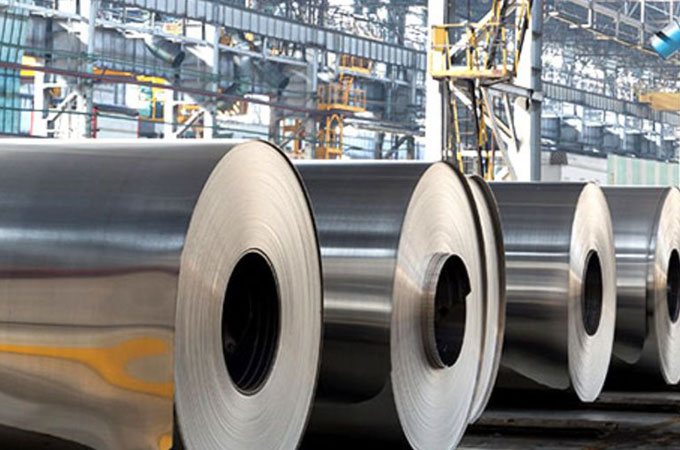
The global steel demand this year is projected to be flat compared to 2024, reaching about 1,750 million tonnes and a modest rebound of 1.3% is forecast for 2026, pushing global demand to 1,772 Mt driven by a mix of powerful regional trends, according to a report by the World Steel Association (worldsteel).
The projected growth in 2026 is driven by a mix of powerful regional trends. We expect to see a slowdown in the decline of steel demand from China, coupled with strong growth in developing economies like India, Vietnam, Egypt, and Saudi Arabia, stated worldsteel in its latest Short Range Outlook (SRO) for global steel demand in 2025 and 2026.
Commenting on the outlook, Alfonso Hidalgo de Calcerrada, Chief Economist, Spanish Steel Producers Association (UNESID) and Chair of the worldsteel Economics Committee, said: "Despite a considerable escalation of the global trade war and inherent uncertainties, we are cautiously optimistic that global steel demand will bottom out in 2025 and demonstrate moderate growth in 2026."
"This positive outlook is underpinned by the demonstrated resilience of the global economy, continued strength in public infrastructure investments in most major economies of the world, and the expected ease in financing conditions," he noted.
However, Alfonso cautioned that the path forward wasn’t without its challenges. "First, the global manufacturing sector continues to face a squeeze from elevated production costs and sustained affordability pressures on consumers. Second, escalating trade tensions are having a direct, negative impact on steel demand in economies heavily reliant on the export of steel-intensive goods, such as machinery and automotive components."
"Finally, geopolitical uncertainties act as a major deterrent, chilling both consumer and investor confidence, and dampening steel demand across key markets," he stated.
As per the report, steel demand in the developing world excluding China is forecast for robust growth, with a 3.4% increase in 2025 and a 4.7% increase in 2026. This expansion is primarily driven by strong performance in India, and some Asean and Mena countries.
"Our projections suggest Indian steel demand will continue to charge ahead with around 9% growth in its steel demand over 2025 and 2026, driven by continued growth in all steel using sectors. In 2026, steel demand in India is projected to be almost 75 Mt higher than in 2020," he stated.
"We anticipate that China’s steel demand will continue its decline in 2025, falling by approximately 2.0%. This forecast represents a moderation of the downward trend observed since 2021, driven primarily by the ongoing downturn in the housing market," he added.
Looking ahead to 2026, the decline is projected to further decelerate to 1% as the housing market bottoms out. We believe that the risks to our current China steel demand outlook weigh on the downside.
A tougher global trade environment poses a significant downside risk, potentially slowing steel demand from the manufacturing sector. Additionally, lingering financial pressures on local governments could constrain infrastructure investments, further dampening demand.
For nearly a decade, starting in the mid-2010s, steel demand in Africa remained largely flat, hovering around the 35–40 Mt mark. However, a significant shift has been underway since 2023, with clear indicators of a strong resurgence in construction and steel consumption across the continent.
"Our analysis estimates that over the past three years, Africa’s steel demand has grown by an average of 5.5% per annum, fueled particularly by robust activity in the Northern and Eastern regions. This renewed momentum, which brought Africa’s steel demand to about 41 Mt in 2025, is underpinned by improving macroeconomic fundamentals and governance," stated the worldsteel report.
For instance, most of Africa’s major economies have recently achieved greater stability, seeing a noticeable reduction in volatility across inflation and exchange rates.
Furthermore, several African nations are actively pursuing ambitious economic diversification agendas, supported by key reforms. These developments might be paving the way for a potentially sustained period of steel demand growth in the continent, it added.-TradeArabia News Service
